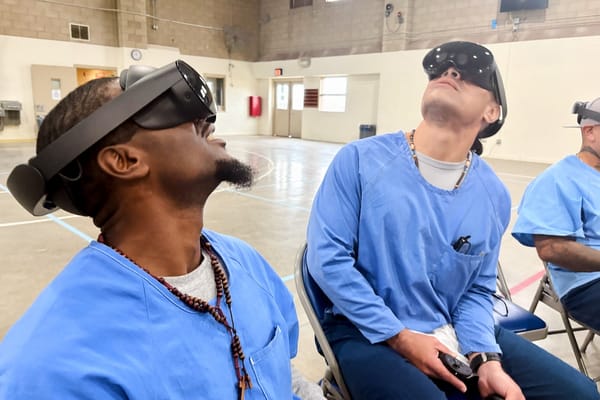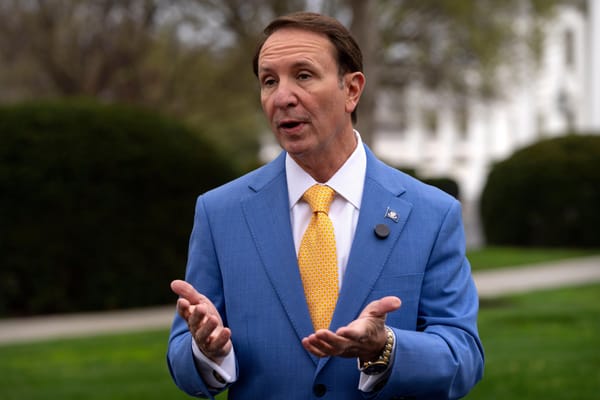Dana Floberg: Broadband Maps Are Just One Step Toward Closing the Digital Divide
Before you solve a problem, you’ve got to be able to understand it. The Federal Communications Commission recently voted to deepen its understanding of the digital divide by making several improvements to its broadband maps, as required by the Broadband DATA Act. The agency’s goal is to ensure that
Broadband Breakfast

Before you solve a problem, you’ve got to be able to understand it.
The Federal Communications Commission recently voted to deepen its understanding of the digital divide by making several improvements to its broadband maps, as required by the Broadband DATA Act. The agency’s goal is to ensure that its maps showing where broadband is and isn’t available are more accurate and more granular.
This is a good step, and more should follow — but the agency must also recognize that the scope of the digital divide is much broader than questions of deployment.
Current broadband maps based on the FCC’s Form 477 data collection are not as inaccurate as some fear, but could certainly use some improvements. A pilot project by the Broadband Mapping Consortium suggested that approximately seven million rural households actually do not have fixed broadband available, even though the Form 477 data reports that they do.
Mostly, such overstatements of coverage are the result of the FCC counting an entire Census block as “served” if an internet provider reports that it serves at least one household within that Census block. For large rural Census blocks in particular, that may mean that the FCC’s maps report an entire block as served even when only a small portion actually has broadband deployed.
That is certainly an issue worth fixing, but the likely error rate for fixed broadband is far smaller than some may expect.
The Broadband DATA Act and the FCC’s recent order do a good job ameliorating these issues while maintaining what’s working — including maintaining public transparency. My organization, Free Press, has made extensive use of the agency’s current publicly available deployment data to study the digital divide, and even to catch other kinds of over-reporting errors by internet service providers themselves. Improving the data must not and need not mean making that data less easily available to researchers and the broader public.
Building a better broadband map without sacrificing public transparency is a notable achievement, but it’s also important to remember that even the best maps won’t be enough to solve the digital divide alone.
As the COVID-19 pandemic has made even more clear, the digital divide is not just a question of where broadband has been built, but who can afford it. Even prior to the pandemic, 22 percent of households didn’t have any home internet at all. Poor families and people of color were particularly affected — only 56 percent of households making less than $20,000 had home broadband, and Black and Hispanic households consistently lagged behind their white counterparts.
What’s more, we know that this racial and economic divide is not merely the result of deployment disparities, but primarily the result of too many families being unable to afford a monthly internet bill. Now with unprecedented job loss during the pandemic, more people are losing the ability to pay their bills and risk having their internet service shut off right when they most need a digital lifeline.
Better maps won’t bridge the worsening affordability divide. For that, we look to Congress — the HEROES Act legislation recently passed through the House contained several key broadband affordability measures, including a $50 monthly broadband benefit for those struggling during the pandemic, and a moratorium on all internet shut offs for those who can’t afford their bills. The Senate has these bills in front of it now, and has to act soon.
That’s not to say that the FCC is powerless to help — in fact, the agency could support these ongoing affordability efforts by collecting much-needed data about broadband prices, as required by the Moving Forward Act currently up for consideration in the Senate. As the agency recognized in its latest mapping order, good data is the first step towards good policy.
This mapping order represents the first step down a very long road towards digital equity. We applaud the FCC for its decision, and urge it to keep walking.
Dana Floberg is a policy manager at Free Press and Free Press Action. She testified before the House Energy & Commerce Subcommittee on Communications & Technology regarding the Broadband DATA Act. This piece is exclusive to Broadband Breakfast.
BroadbandBreakfast.com accepts commentary from informed observers of the broadband scene. Please send pieces to commentary@breakfast.media. The views reflected in Expert Opinion pieces do not necessarily reflect the views of Broadband Breakfast and Breakfast Media LLC.











Member discussion